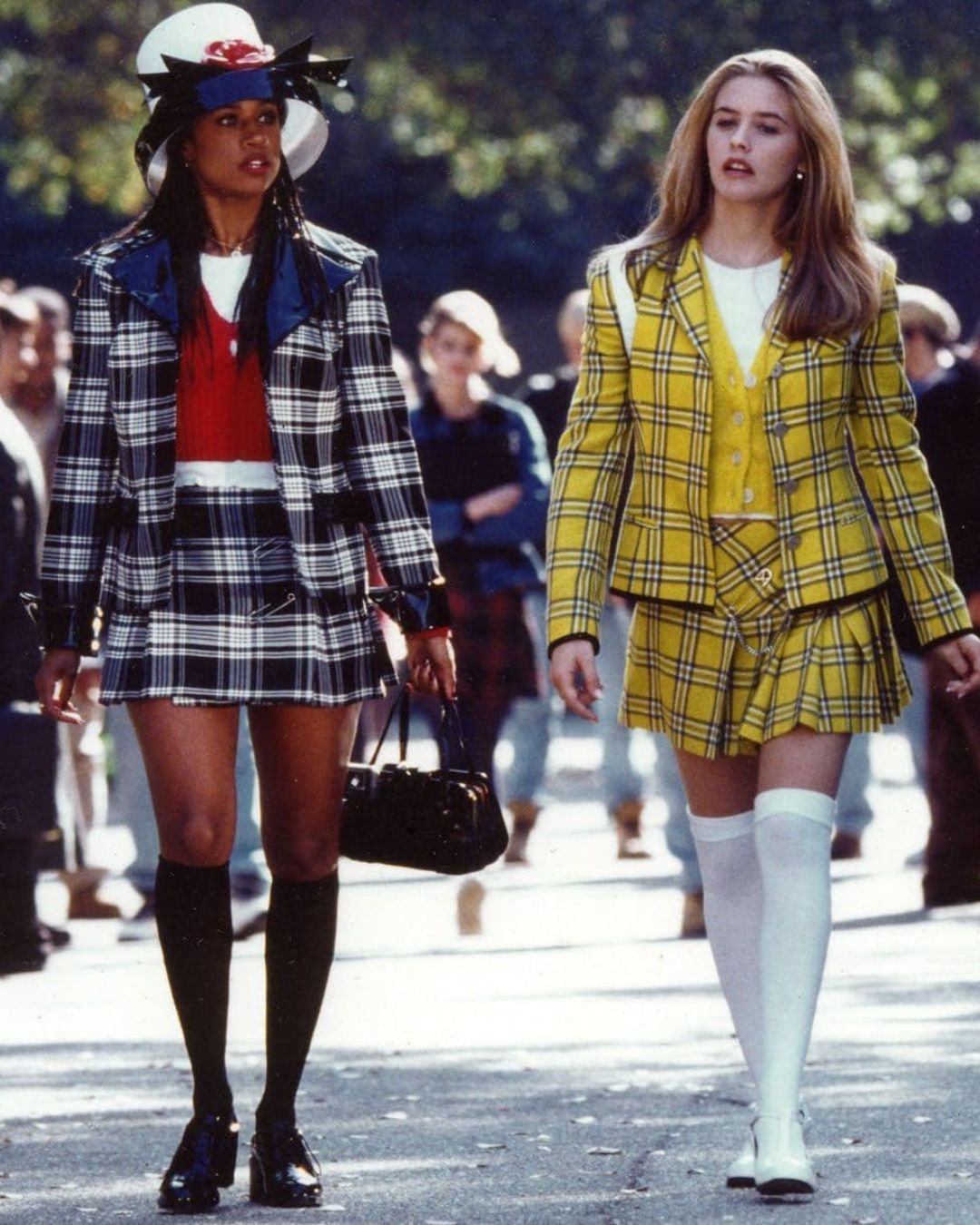
The timeless appeal of the tartan print Origins and iconic designers of a print that carries history
Tartan is one of the most beloved prints in the fashion world. Born back in the 12th century, it's got a crazy long history that hit its peak in the '70s and '80s. Back then, you had new romantics rocking kilts and punk rockers sporting scottish print cargo pants with crazy high boots that keep coming back in style. Maybe that's why it's one of the most recognizable prints in fashion, a signature look for some designers.
Quick History on Tartan
This print was born in the Scottish Highlands in the 12th century. When feudalism came around, they used it to make clothes. Not everyone knows this, but it was an intensely personal and symbolic print: each type took its name from the clan that produced it (with natural dyes from leaves, flowers, and onion peels) and wore it, setting them apart. That's why there are loads of types of tartan, varying in color and patterns.
Designers Who Owned Tartan
Loads of world-famous fashion designers totally got on board with tartan in their work, adding to its popularity, variety, and customization. When you talk tartan, you can't help but think of these three pillars of the global fashion system, who in their creative vision managed to reinvent the check without losing its essence and at the same time giving it a fresh twist.
Vivienne Westwood's Take on Tartan
Vivienne Westwood, the queen of '70s punk, helped shape the fashion and aesthetics of those years with her rebellious style, and that included tartan. Her outfits in this print became true symbols of protest and subversion. With the help of her husband Malcolm McLaren and the Sex Pistols, some British youth hungry for anarchy and riding influences like the Teddy Boy subculture, Westwood played a major role in developing punk as a clothing expression and beyond. Years later, she said she didn't start out as a designer by choice, but she created clothes that responded to the needs of teenagers. Even in recent years, the designer brought tartan back into trend, going bold with eye-catching colors, accompanied by her historic logo, a stylized skull often accompanied by a headpiece, called the Crown and Orb.
Alexander McQueen
Alexander McQueen also experimented with tartan in many of his collections. His talent for blending tradition with the avant-garde made this print a star of contemporary times. An example of his revolutionary and provocative use of tartan comes from the March 1995 collection 'Highland Rape' which sparked fierce criticism because models appeared seemingly abused and distressed, wearing torn and revealing outfits. Combined with the title of the collection, the presentation of the models led many critics to think he was promoting violence against women. However, McQueen meant to speak about the 'rape' of the Scottish Highlands committed by the English in the 19th century.
His Personal Touch
McQueen had a unique understanding of how tailoring can evoke powerful emotions, and how the fabric of a piece of clothing was a fundamental part of its historical, cultural, and psychological impact. The use, in many of his collections, of a tartan fabric created by him is significant for the many cultural and historical associations the fabric carries. For McQueen, tartan - the visual sign of clanship throughout Scottish history - was a reference to his own heritage and the tumultuous political history of Scotland.
British Chic
Finally, another take on tartan is Burberry. The British fashion house is famous worldwide and in fashion history for its classic trench coat with a tartan fabric lining attributed to Roberto Menichetti, creative director of the brand from 1998 to the early 2000s. This piece of clothing has become a symbol of British elegance and chic, which didn't sit too well with the punks.
Celebrating the Print
For those who want to dive even deeper into the history of this fabric and print that carries so many meanings and variations, in the Scottish branch of the Victoria & Albert Museum, there's an exhibition open until January 2024 dedicated to it, exploring its origins.

























































